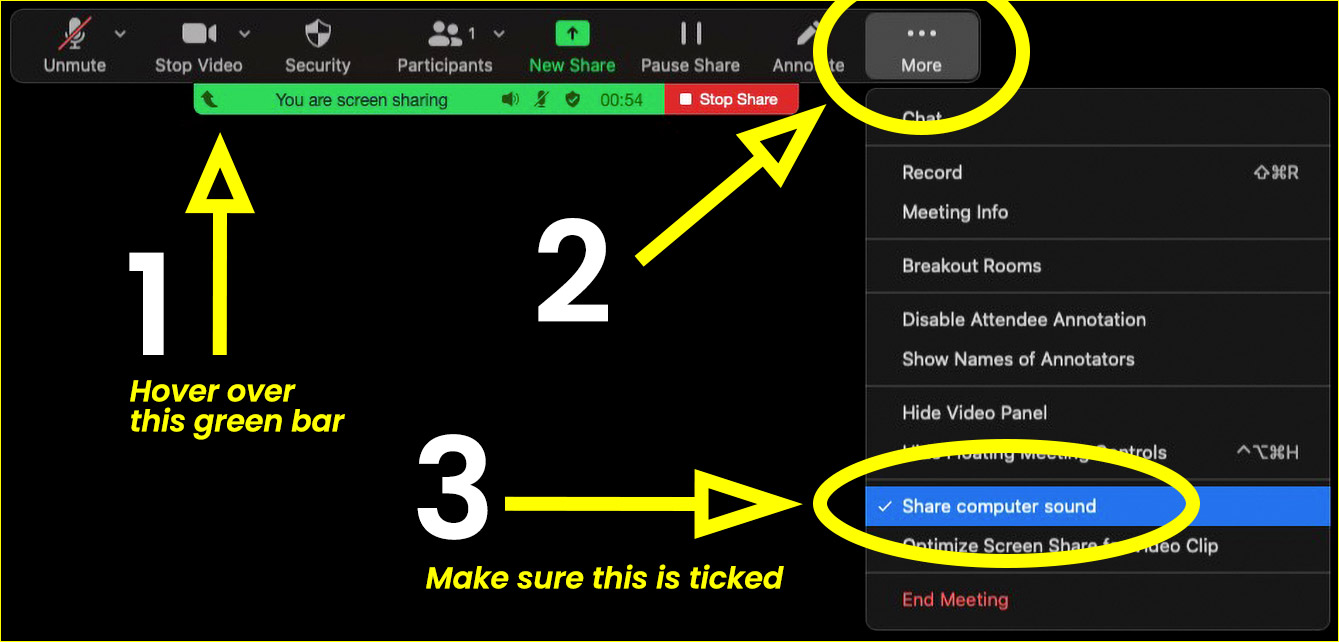Creating an effective learning opportunity for people in a work environment is a science and an art. There is a lot of legacy in this space that is born out of our traditional education system – which has existed for a reason. I do not want to speak negatively of the system, I am a product of it and am grateful for what I learnt. But as our world evolves, opportunities present themselves to disrupt, change and approach the same problems with different solutions. #innovation
Learning how you make learning and team building effective
Since the conception of Directors of the Extraordinary we have been playing with creative modes to bring learning to life. The best way we can now describe this is combining fun and function. This means using unique challenge-based activities to elicit significant engagement, with a foundation in behavioural psychology, evidence-based peer learning and game theory to create sticky learning outcomes.
Late 2019 provided me with my favourite moment that clearly demonstrates this. We were tasked with designing a workshop for a large coal shipping company that would launch their new company values in a way that was meaningful, purposeful and supported the broader agenda of the CEO. Given how important this piece of work was to the organisation, we ran the workshop for the Executive Leadership Team before rolling it out to test its viability.
Let me take you there.
Innovating a new workshop format
So, there I was. In a standard office style meeting room (so inspiring) with 10, highly skilled, vastly experienced, well trained, slightly older Executive Leaders who were looking down the barrel at me. They had taken precious time out of their day to be in this room and I am pretty sure this was not their favourite place to be. And me; I am a very fresh faced early 30’s, funky (but professionally…) dressed facilitator with an off-centre haircut and rallied confidence feeling a little uncomfortable, about to present a workshop that may or may not hit the mark for them and is made up of creative activities. I knew that my experience in delivering countless events would stand up with me and what we had created was worth their time, but like many presenters before me, I still had to buy a confidence outfit to prepare for this one given the nature and circumstance of what I was doing!
After a brief introduction it was time for our first workshop activation. This activation was a team challenge with questions and answers based on our technology. In this moment all I could think about was ‘this could go down like a lead balloon’. I flicked over the slide deck which asked them to register their teams on the tablets.
“Ok, so I need you to register your team and I want you to name your team as if you were a team trying to survive the zombie apocalypse”
1 second, 2 seconds, 3 seconds… someone said “yes! This is awesome!”. Boom.
They laughed, shared their zombie apocalypse team names, gave each other a bit of rubbish and the whole feel of the room changed.
Fun makes learning more effective
That first activation, which was based on demonstrating what role company values play and how well they are translated by some of the biggest brands, set the tone. The elements of competition, surprise, levelling the playing field and doing something totally different began to demonstrate to the participants that learning and fun can co-exist and that would be the agenda for the rest of the workshop.
From there, the activities that required them to share personally and be vulnerable seemed less tricky to tackle. This exact scenario played out in every workshop we delivered with this company. By shocking people out of their daze we were able to bring an air of creativity and vibrance to the room. You could see the energy in the room change from crossed arms and disengaged looks, to laughter, smiles and personal sharing.
Read more about the workshop here.
Attributes of successful teams
Microsoft recently identified the five key attributes of successful teams as being:
- Team purpose
- Collective identity
- Awareness and inclusion
- Trust and vulnerability
- Constructive tension
I have been thinking a lot about how you foster all of the above, but mostly trust and vulnerability in the workplace which often feels like the biggest culture piece to change given our historical approach to vulnerabilty. From the experience of running these workshops, I can see that laughter, creative solutions and activities, even small moments in a meeting or at the start of a day (and we’re not talking painting here), can begin to shift the dial and make this accessible to even the most cross armed team member. Let’s continue to redefine what learning, connection and ultimately vulnerability look like in the workplace.
My takeaway:
Fun and function = learning, vulnerability and connection.
And in case you were wondering, myself and the Executive Team are now good friends.





